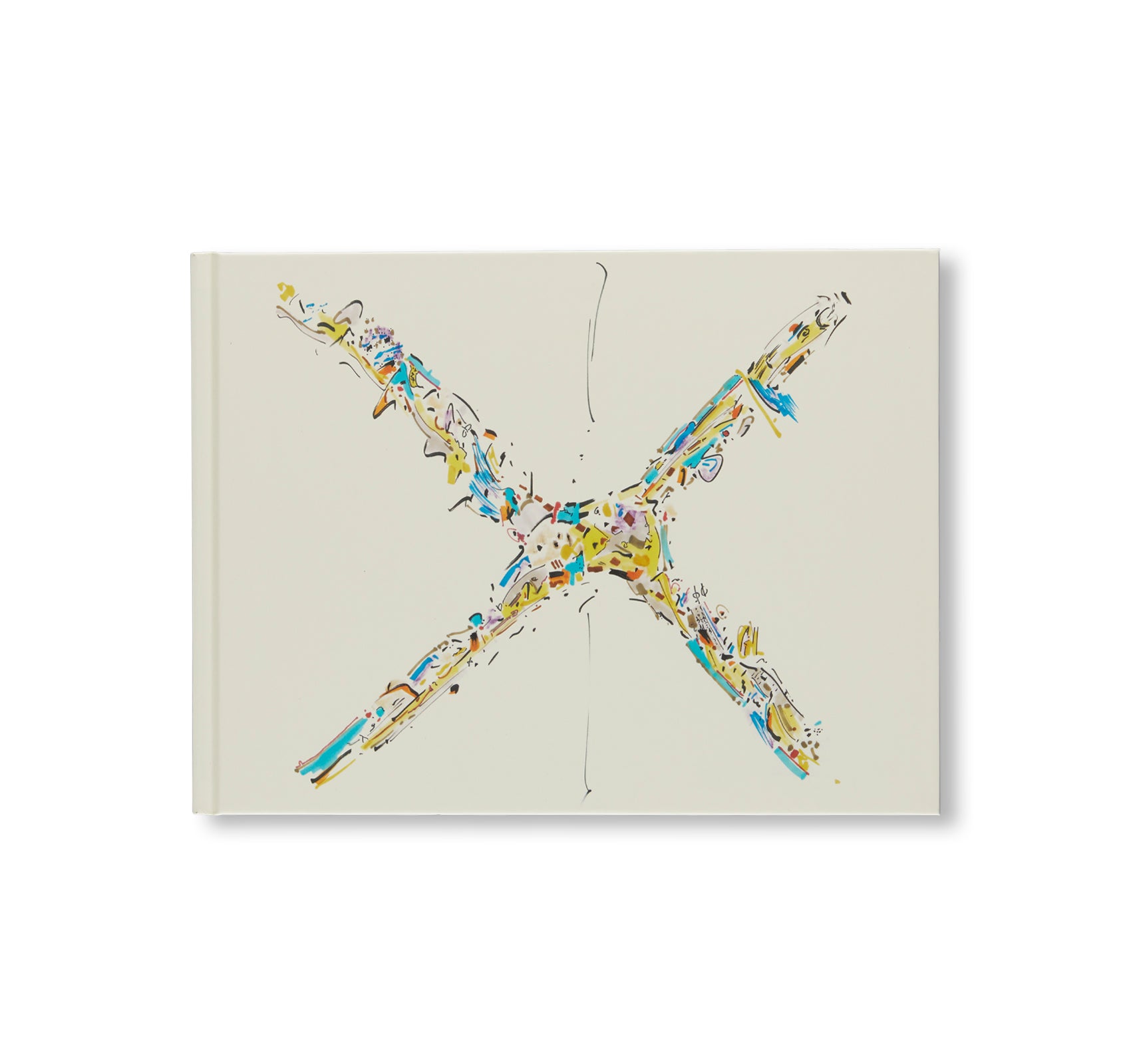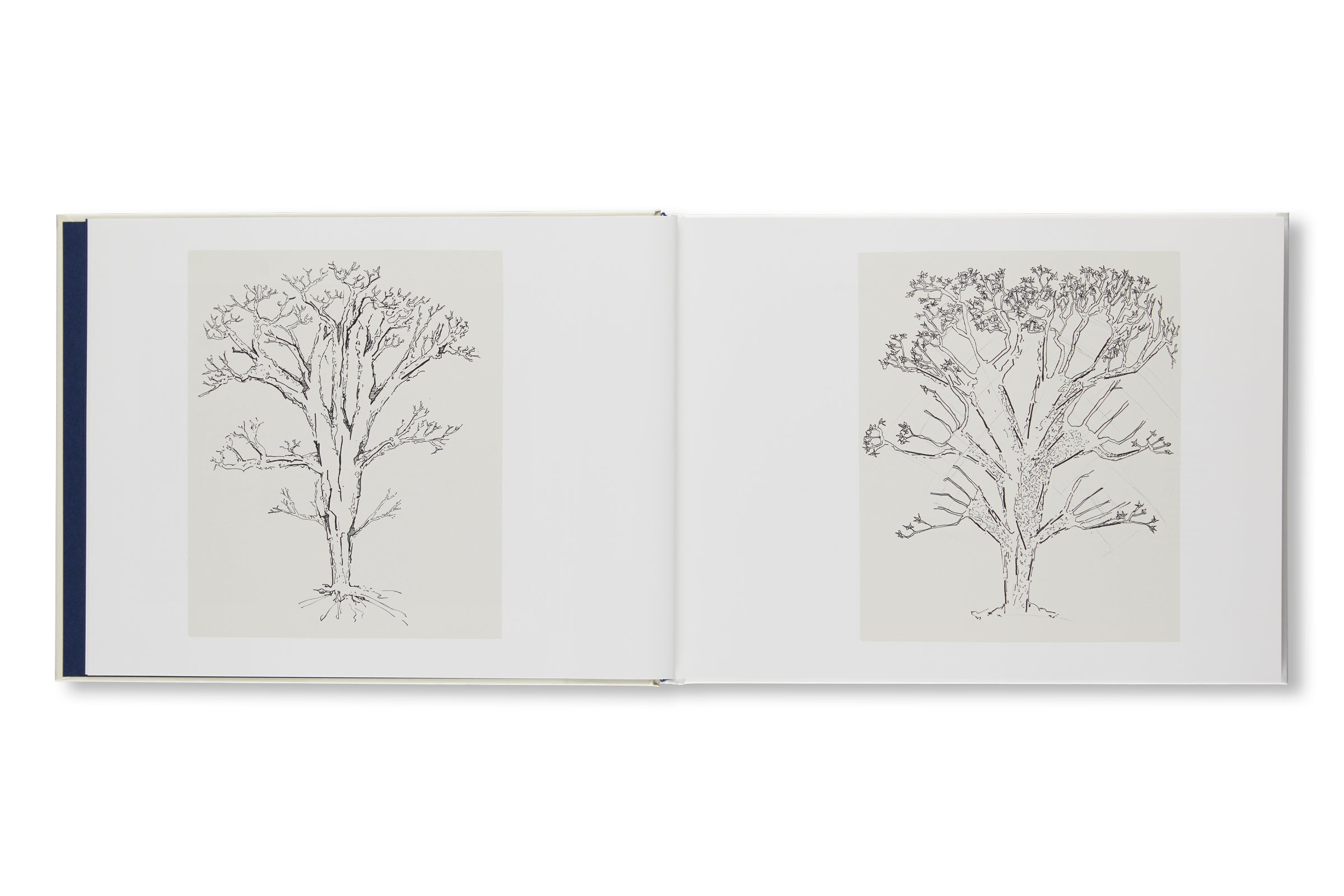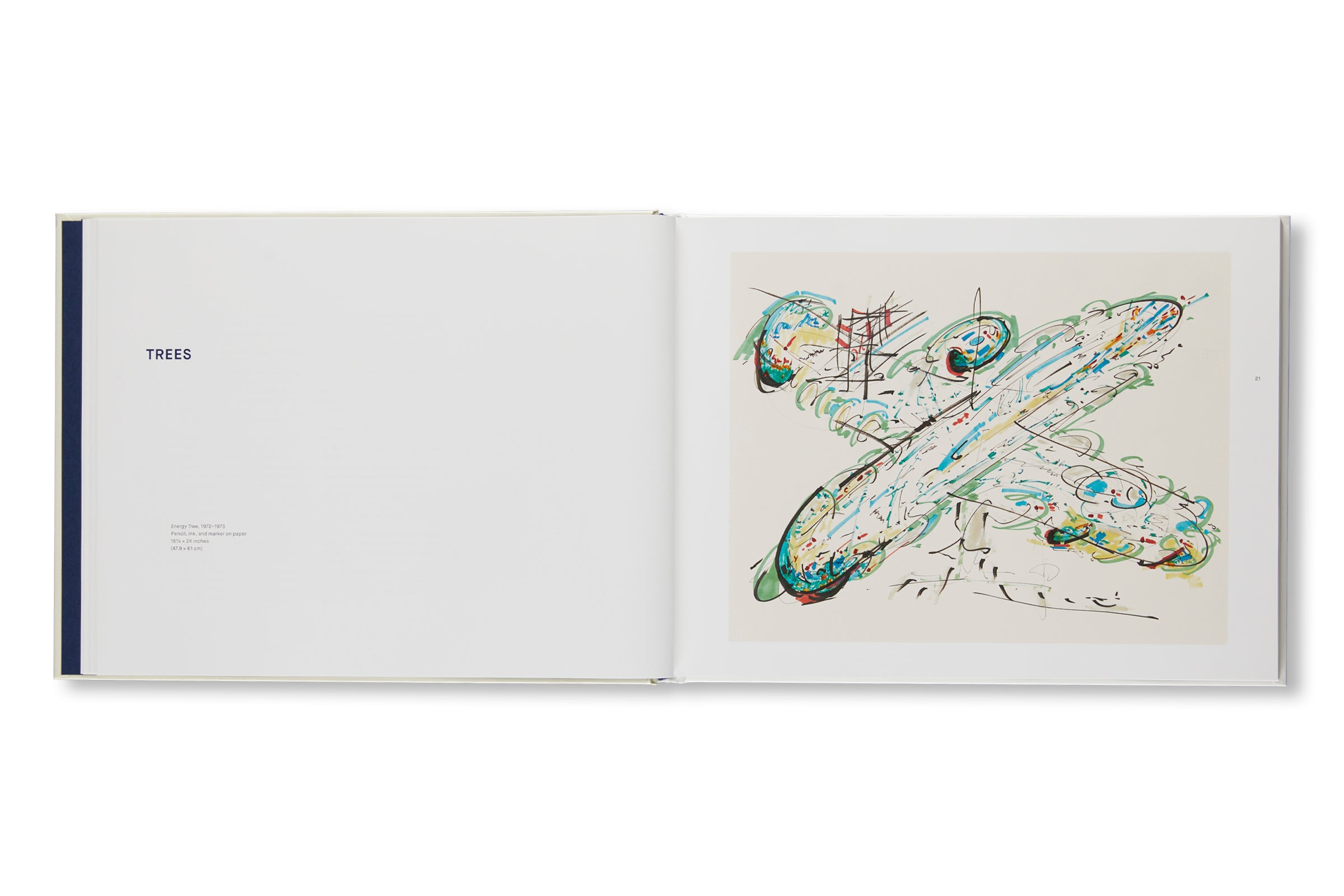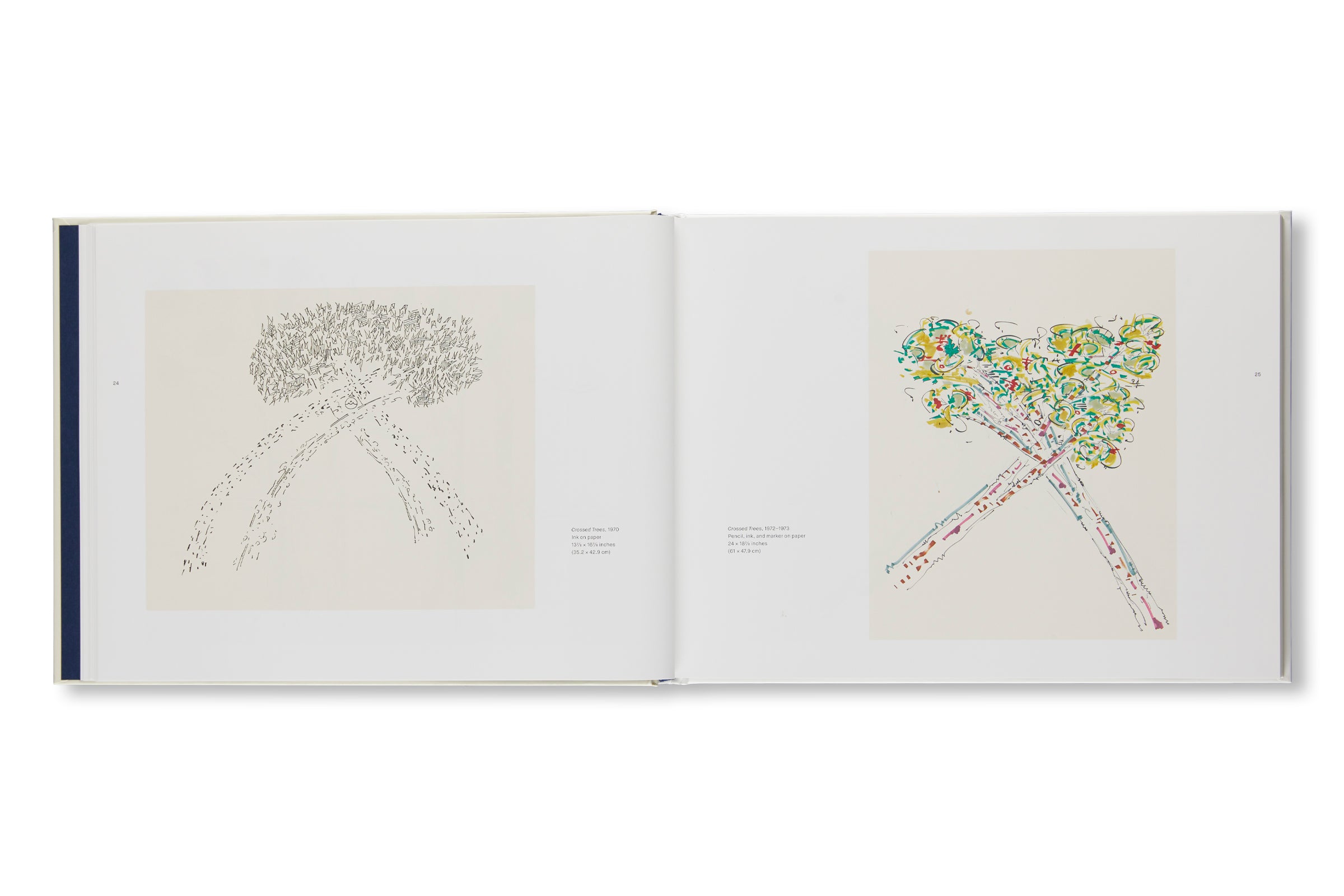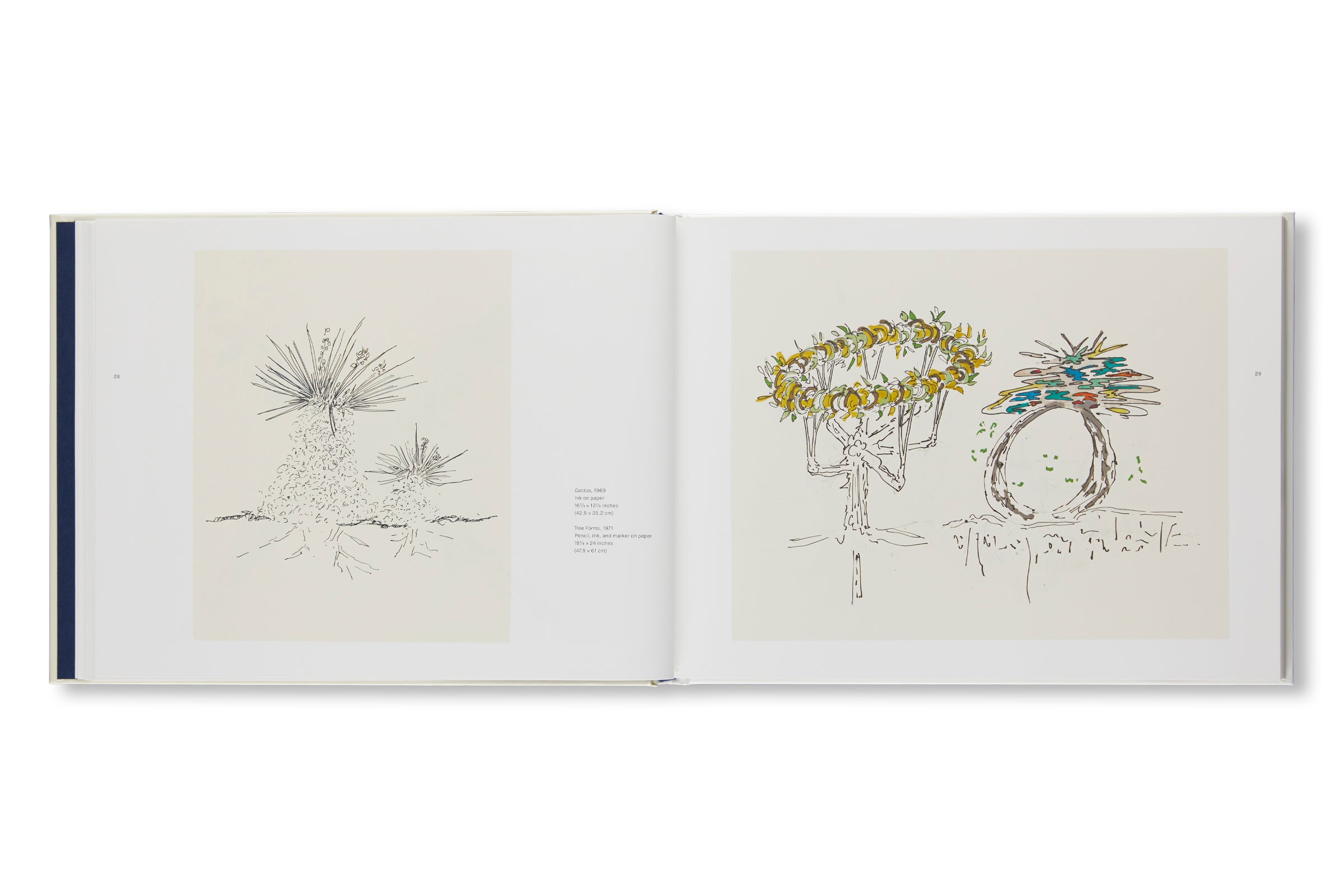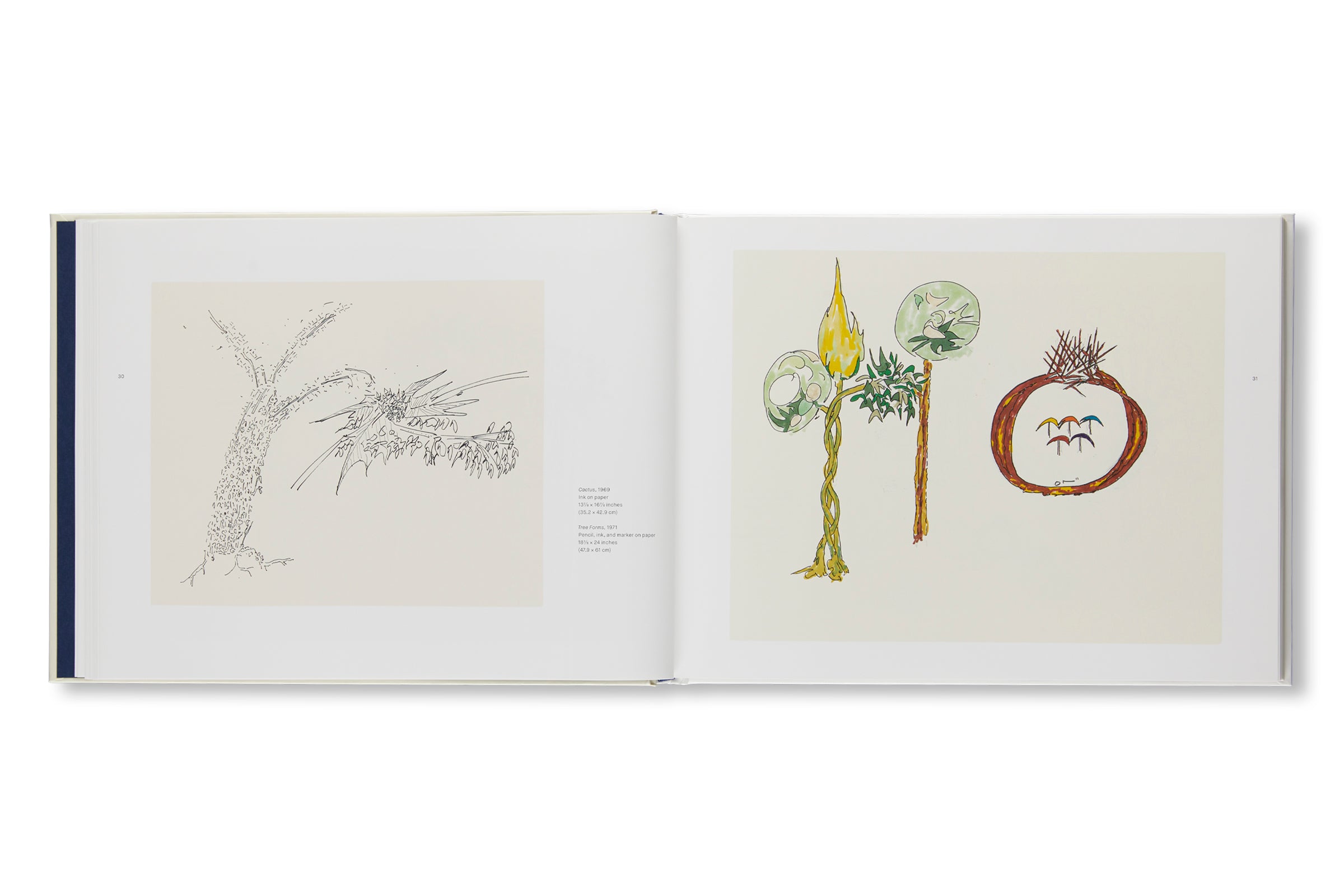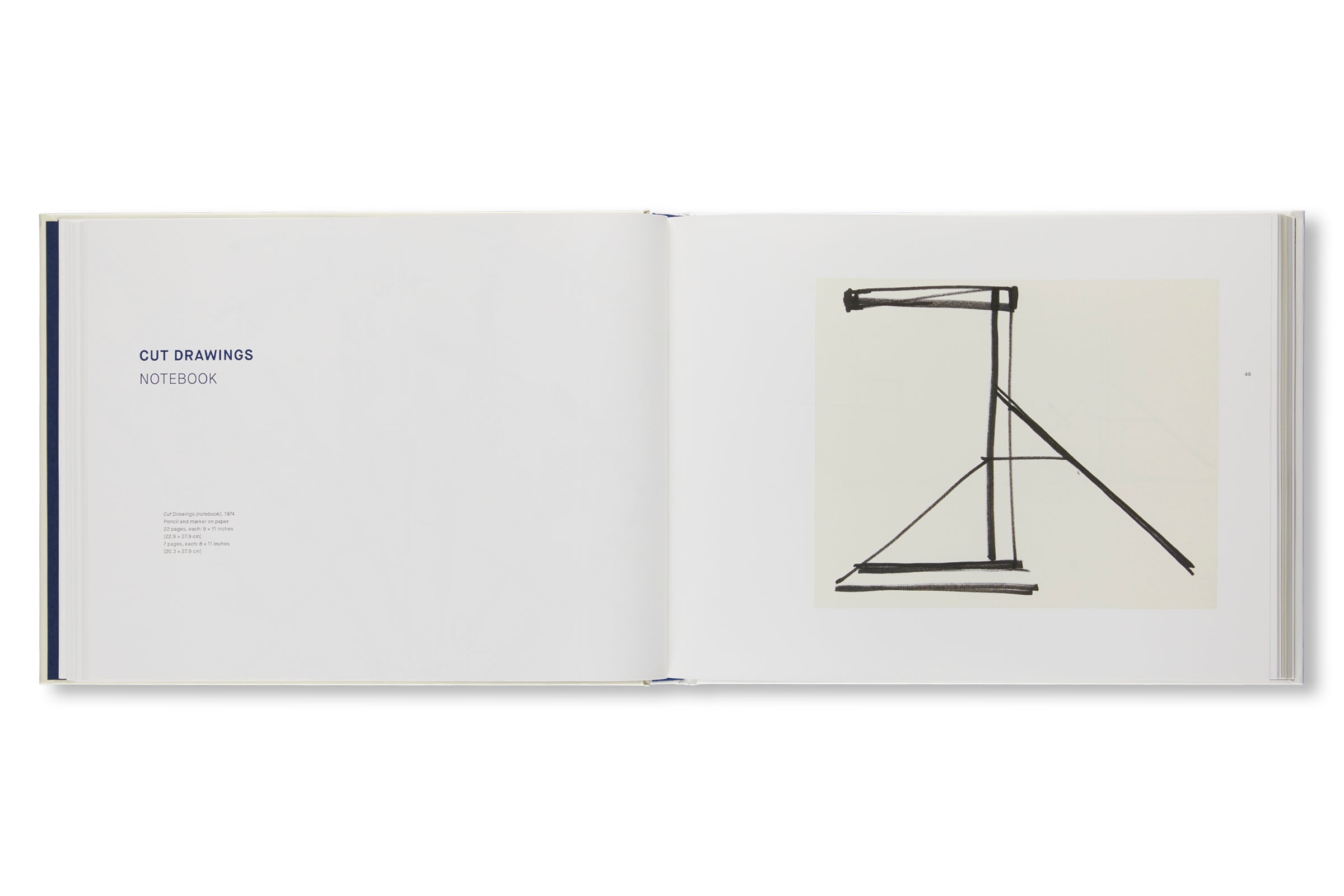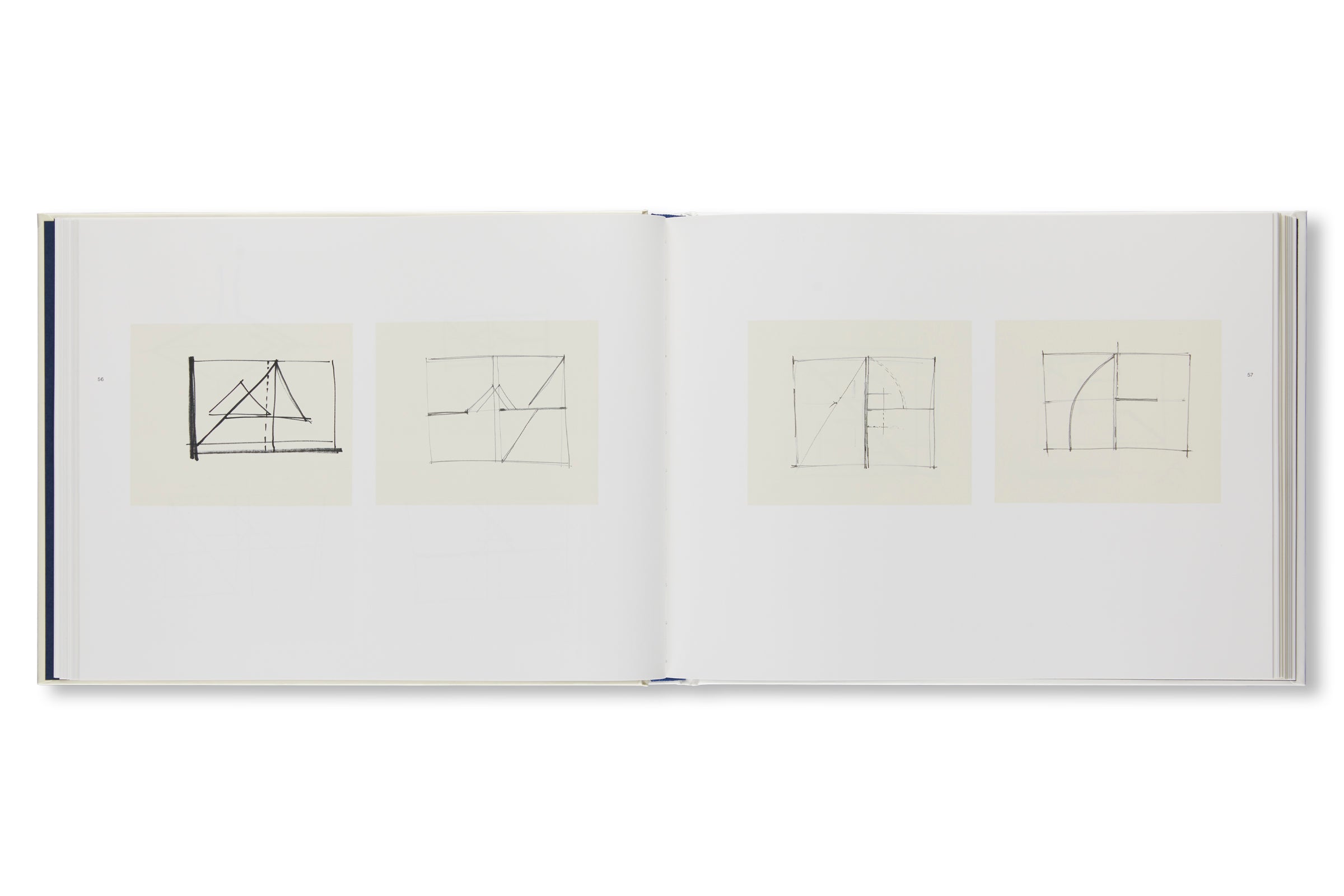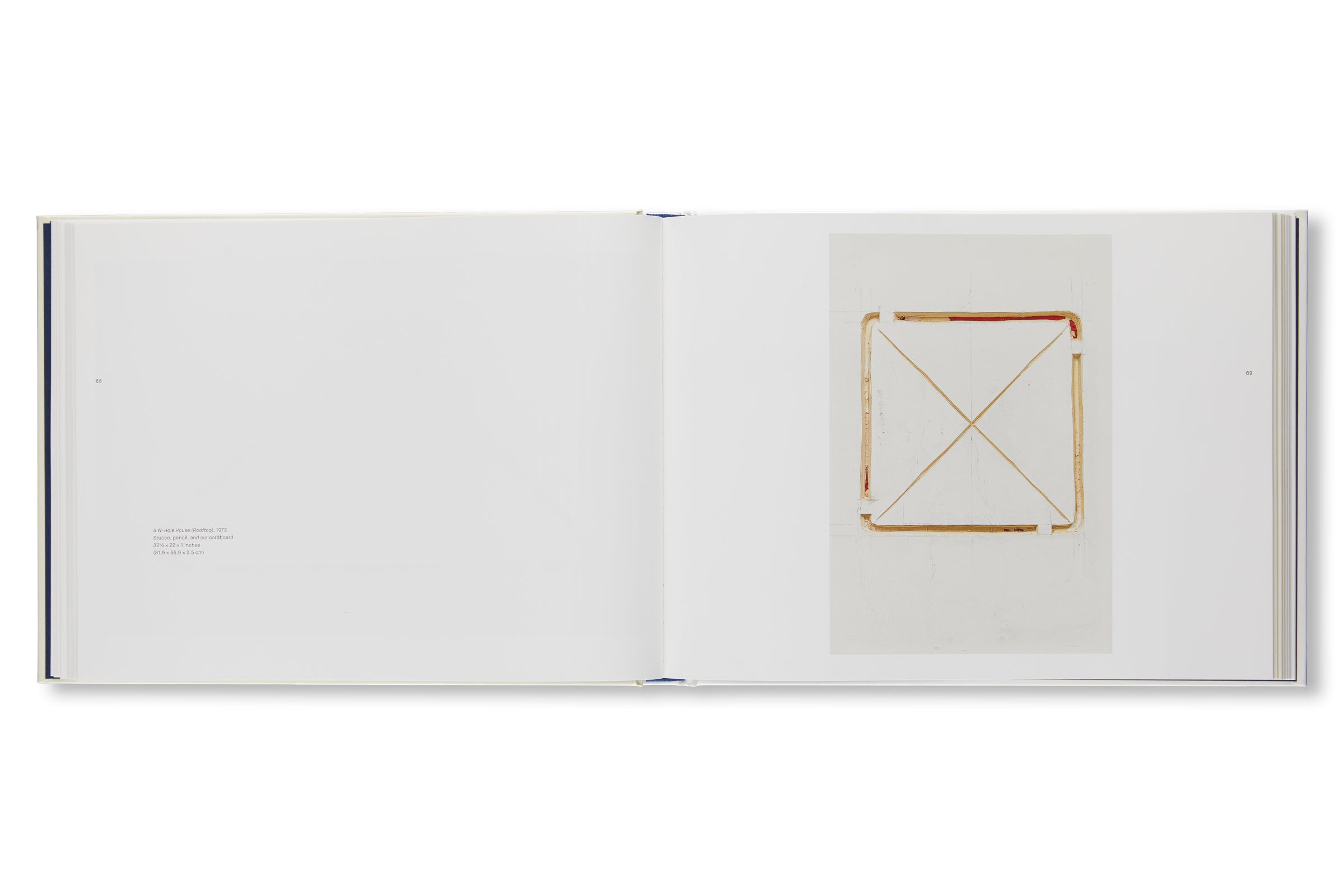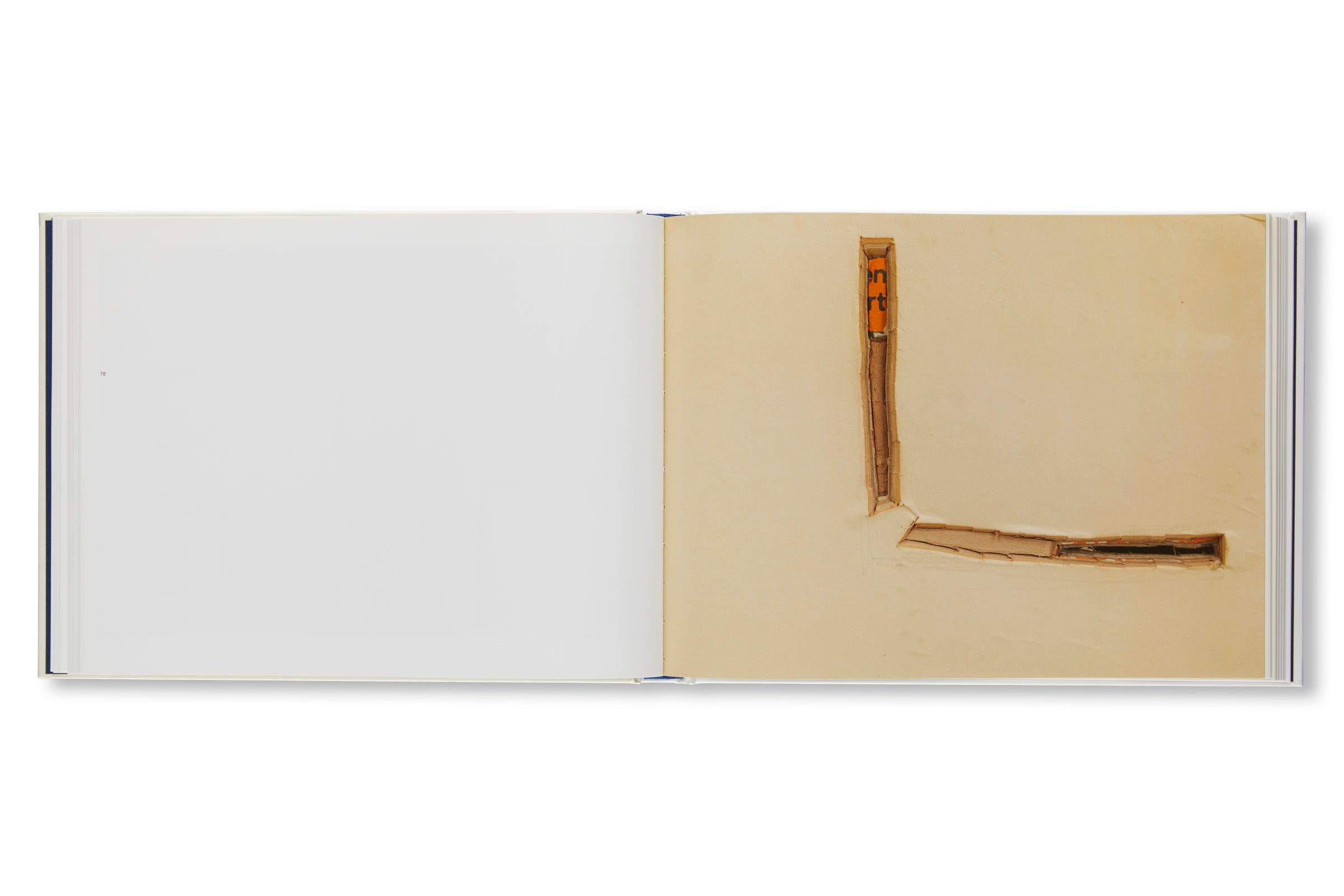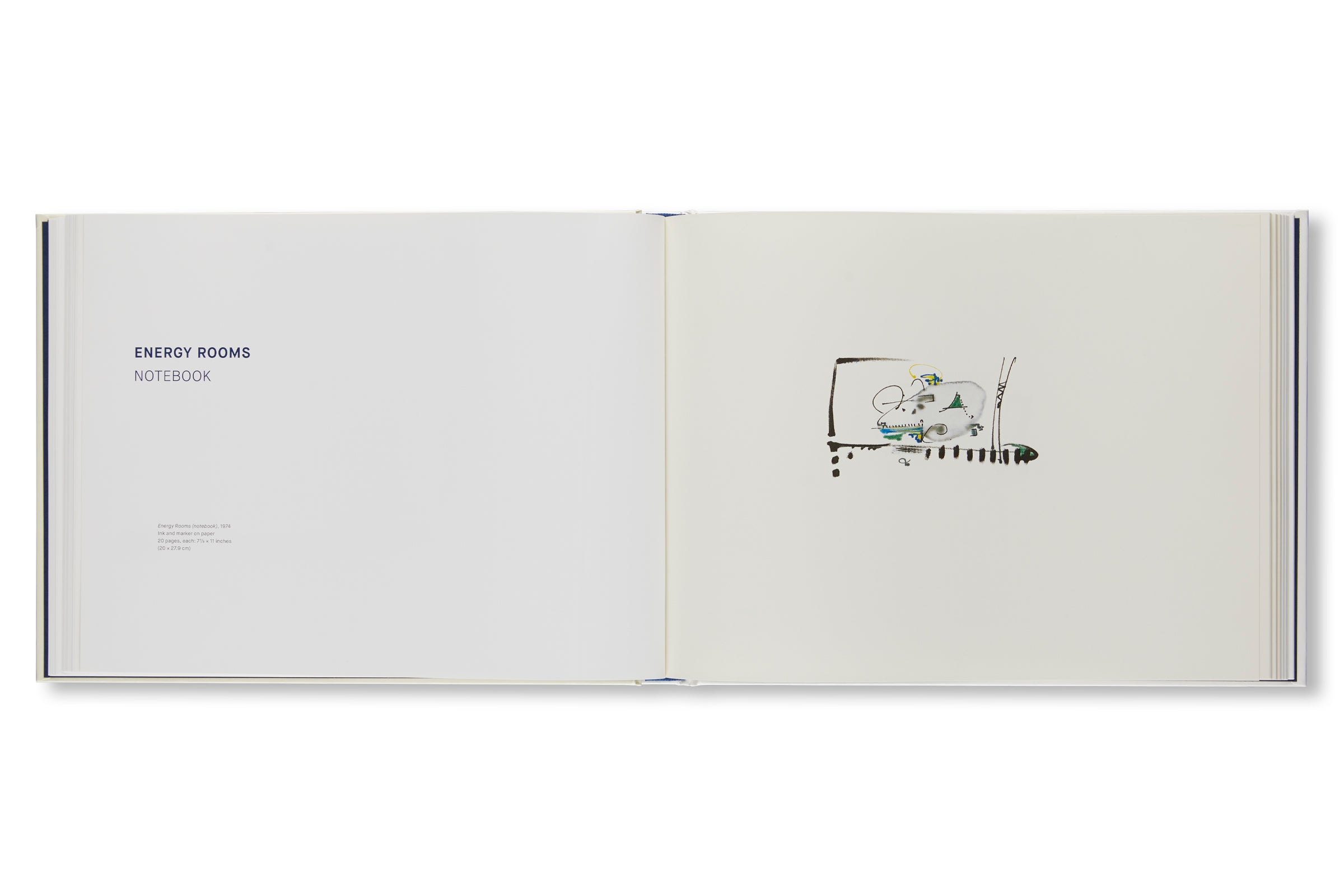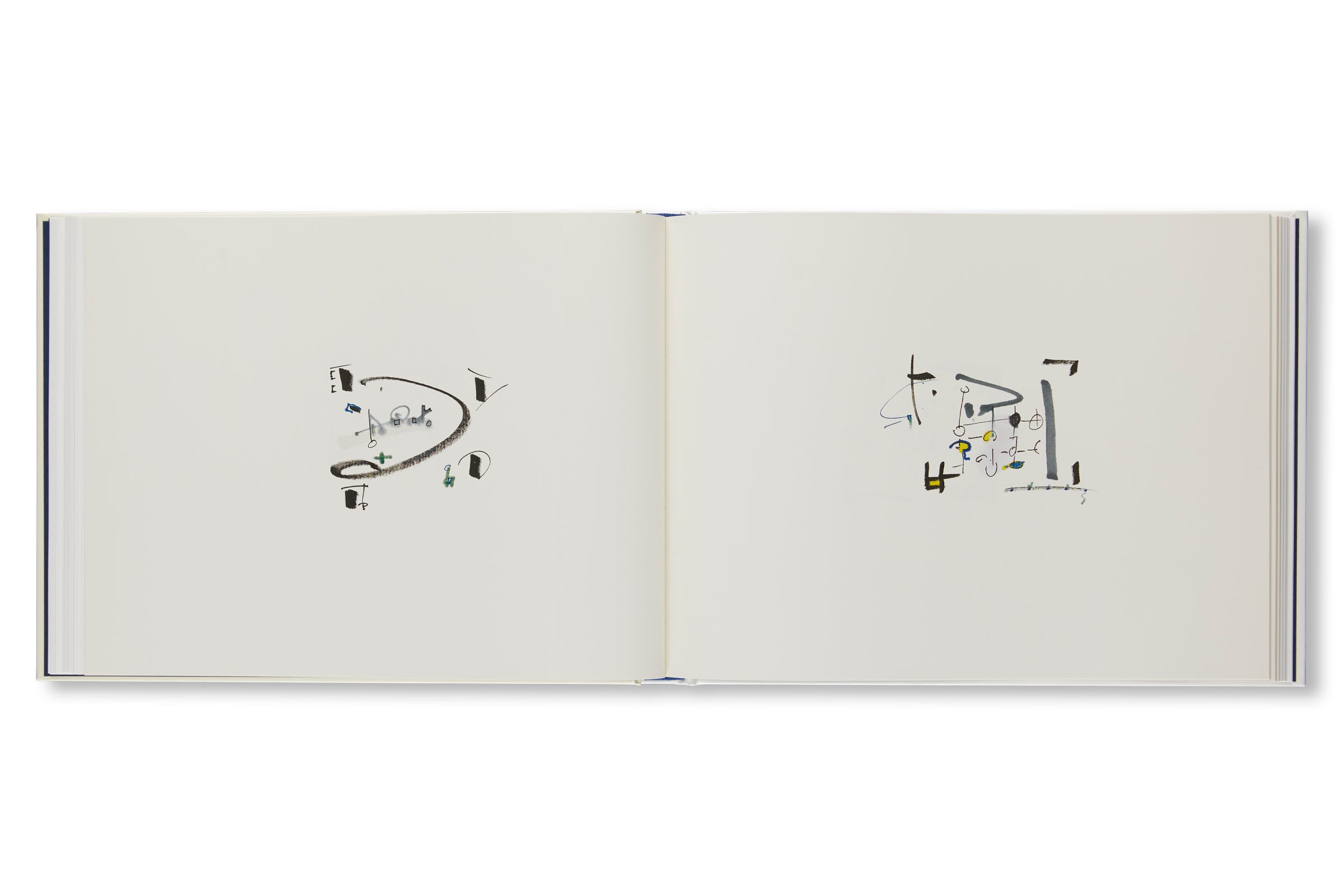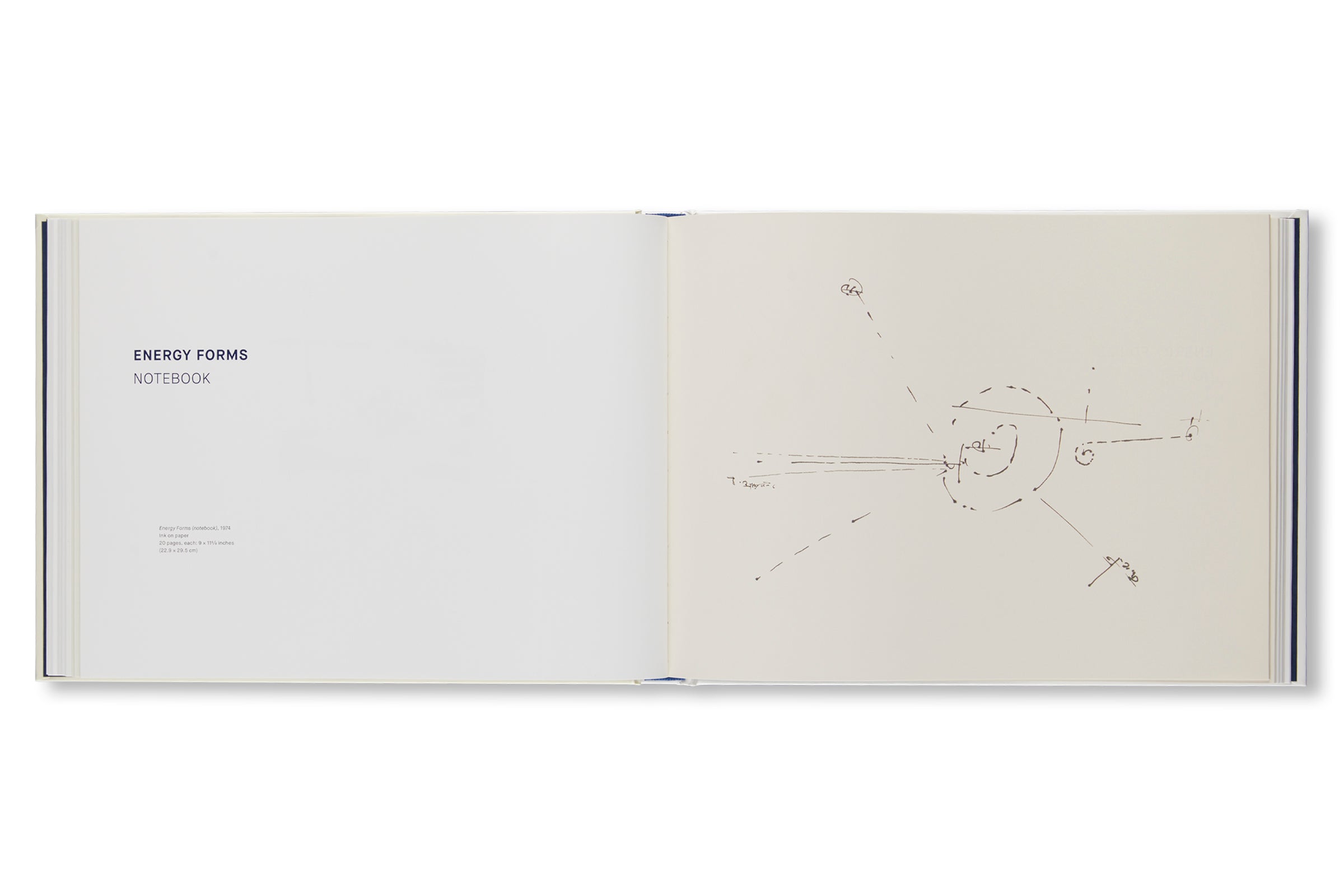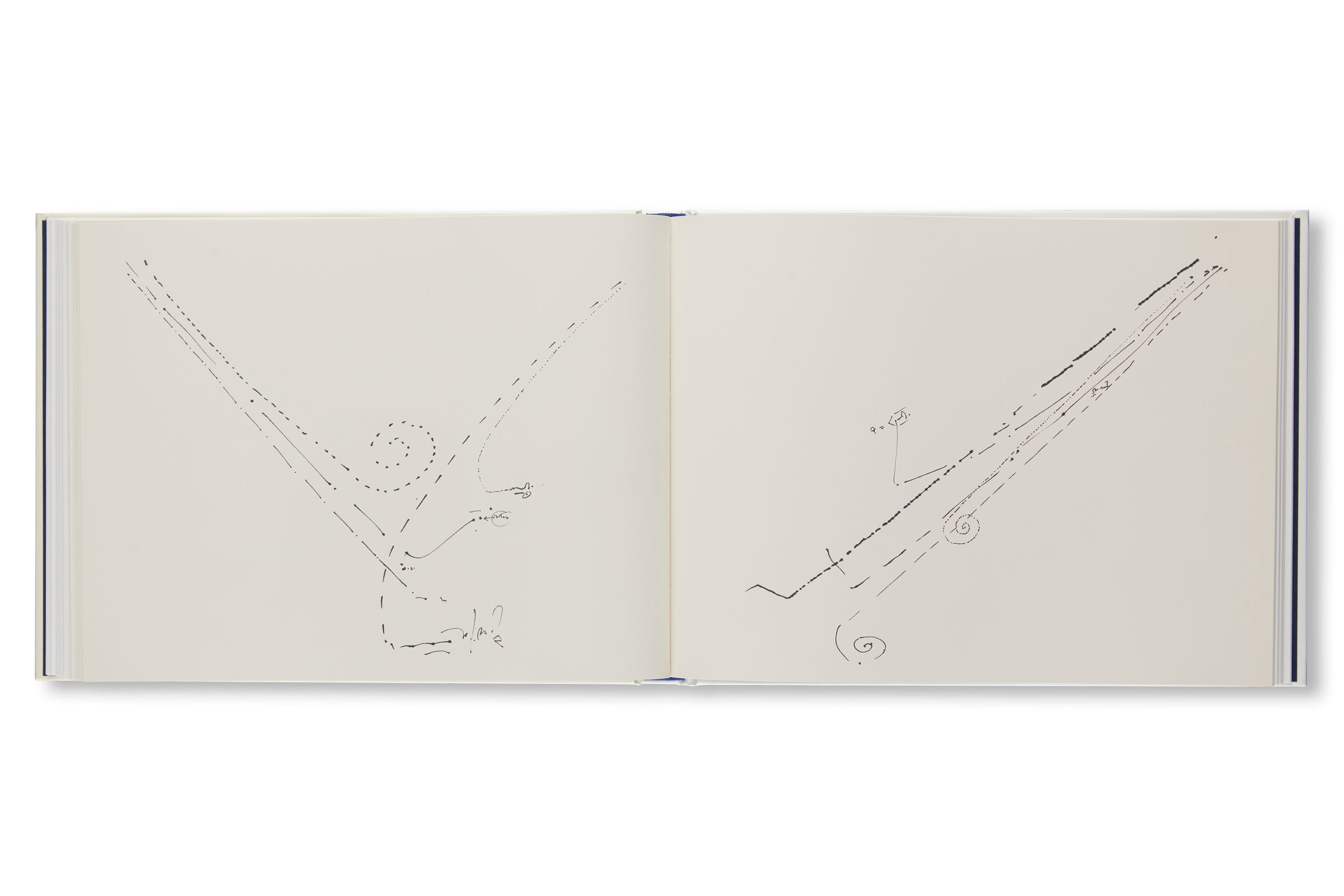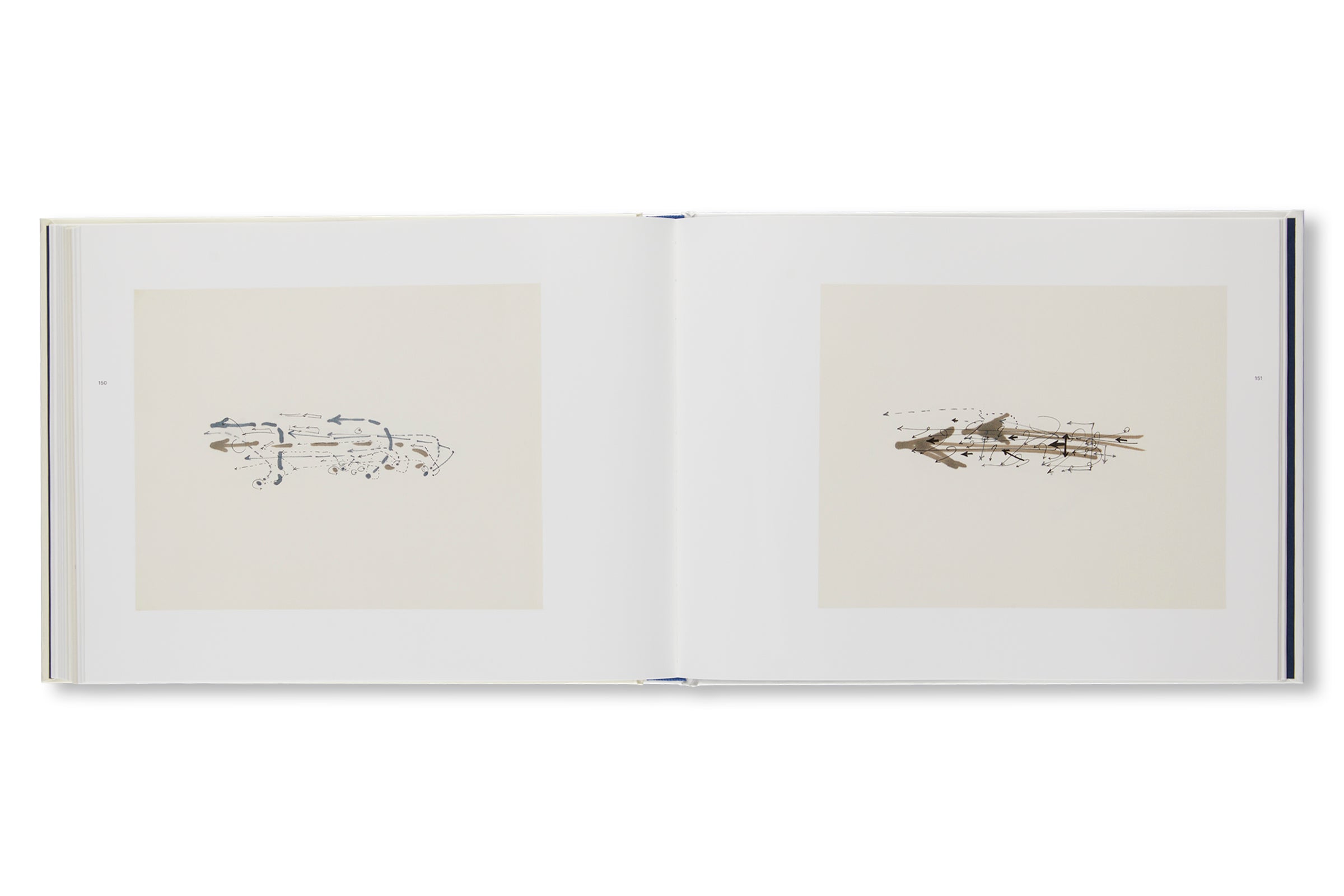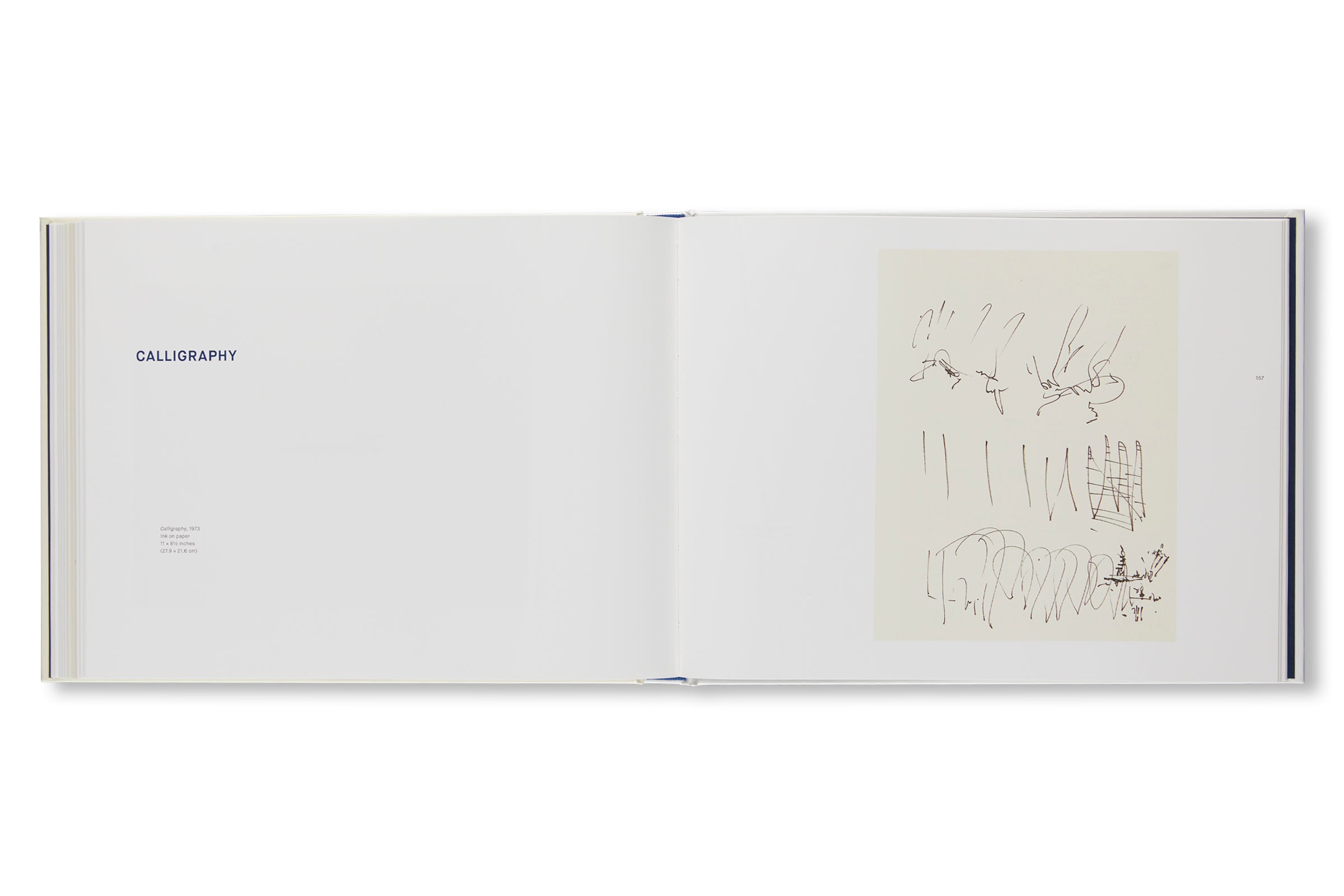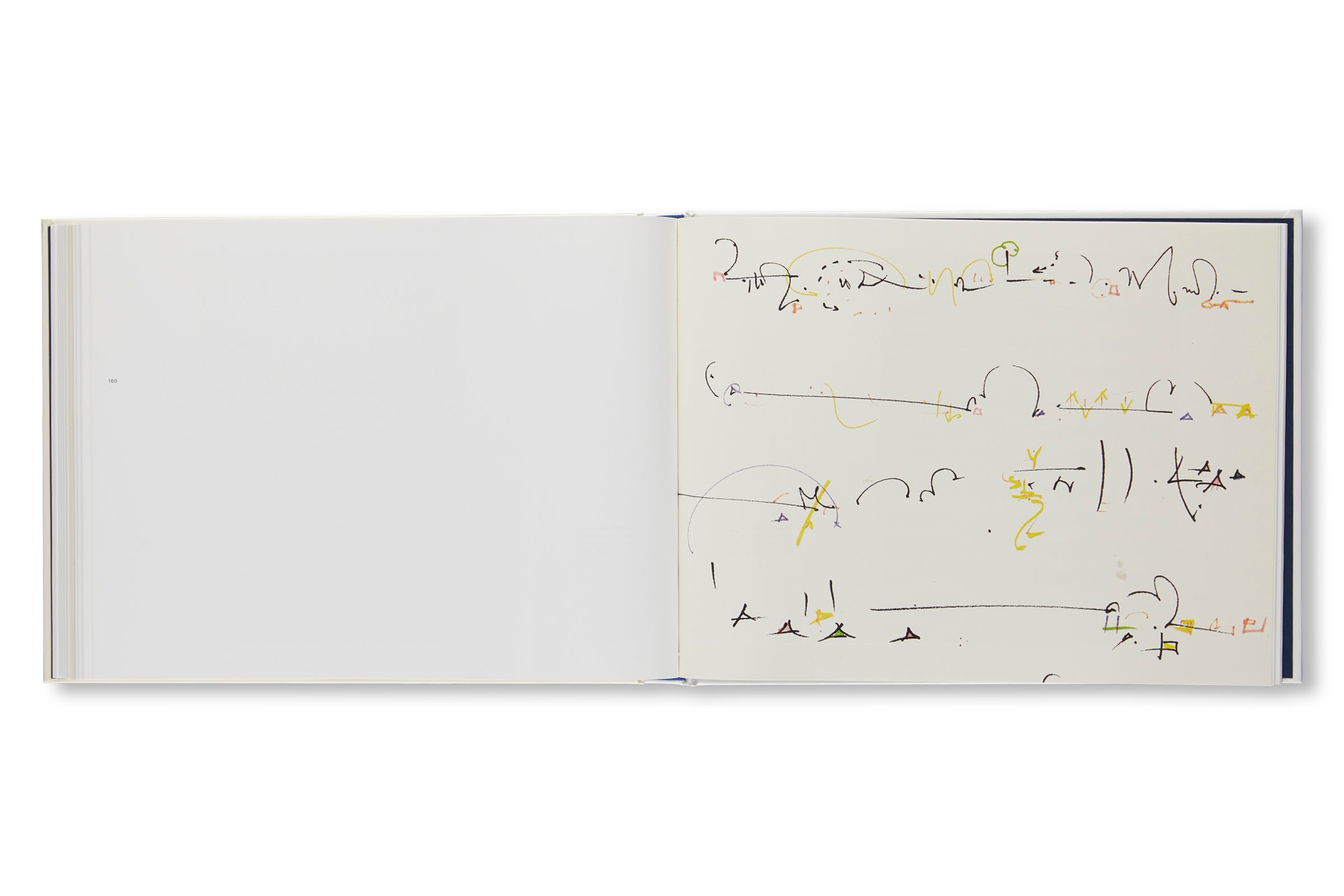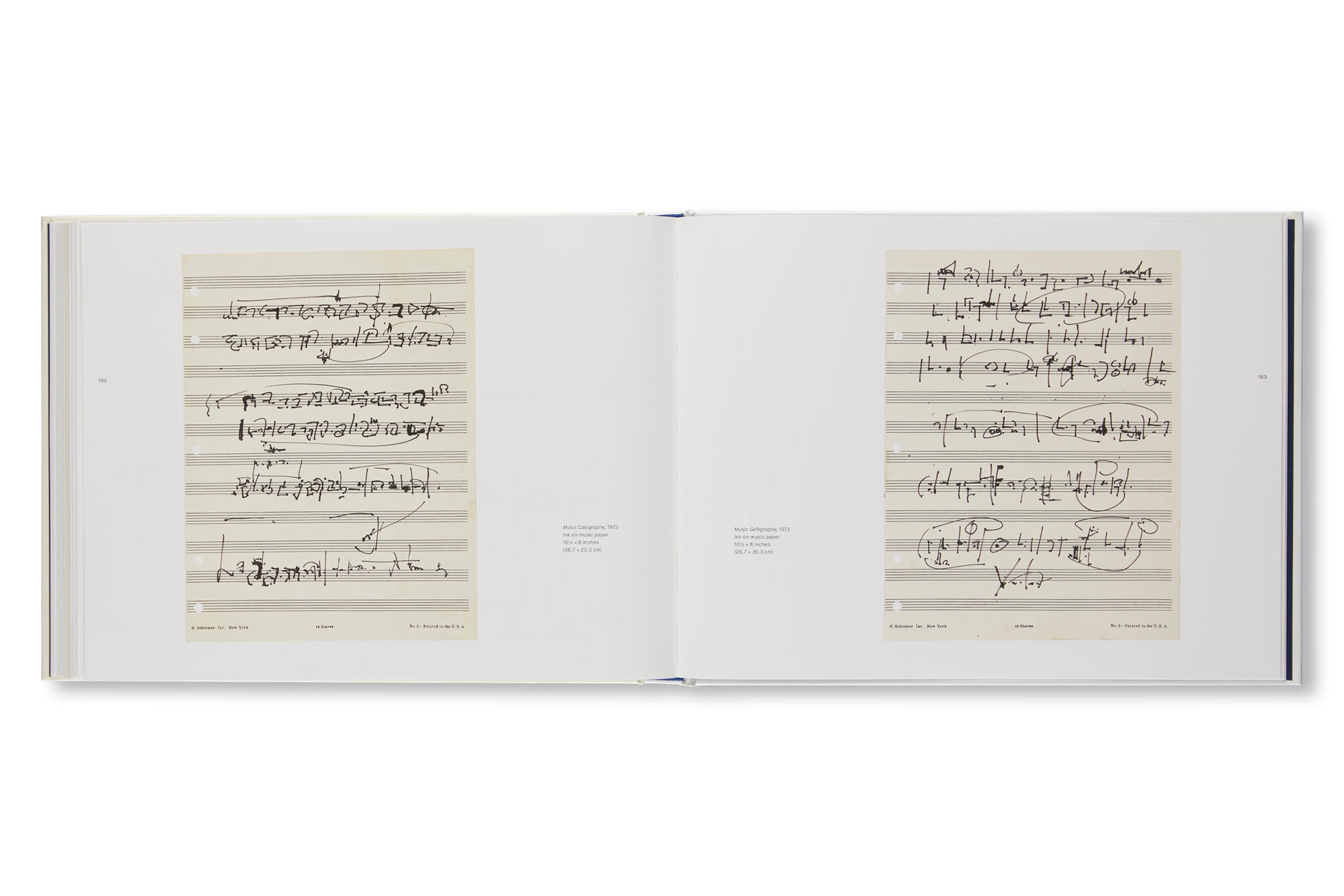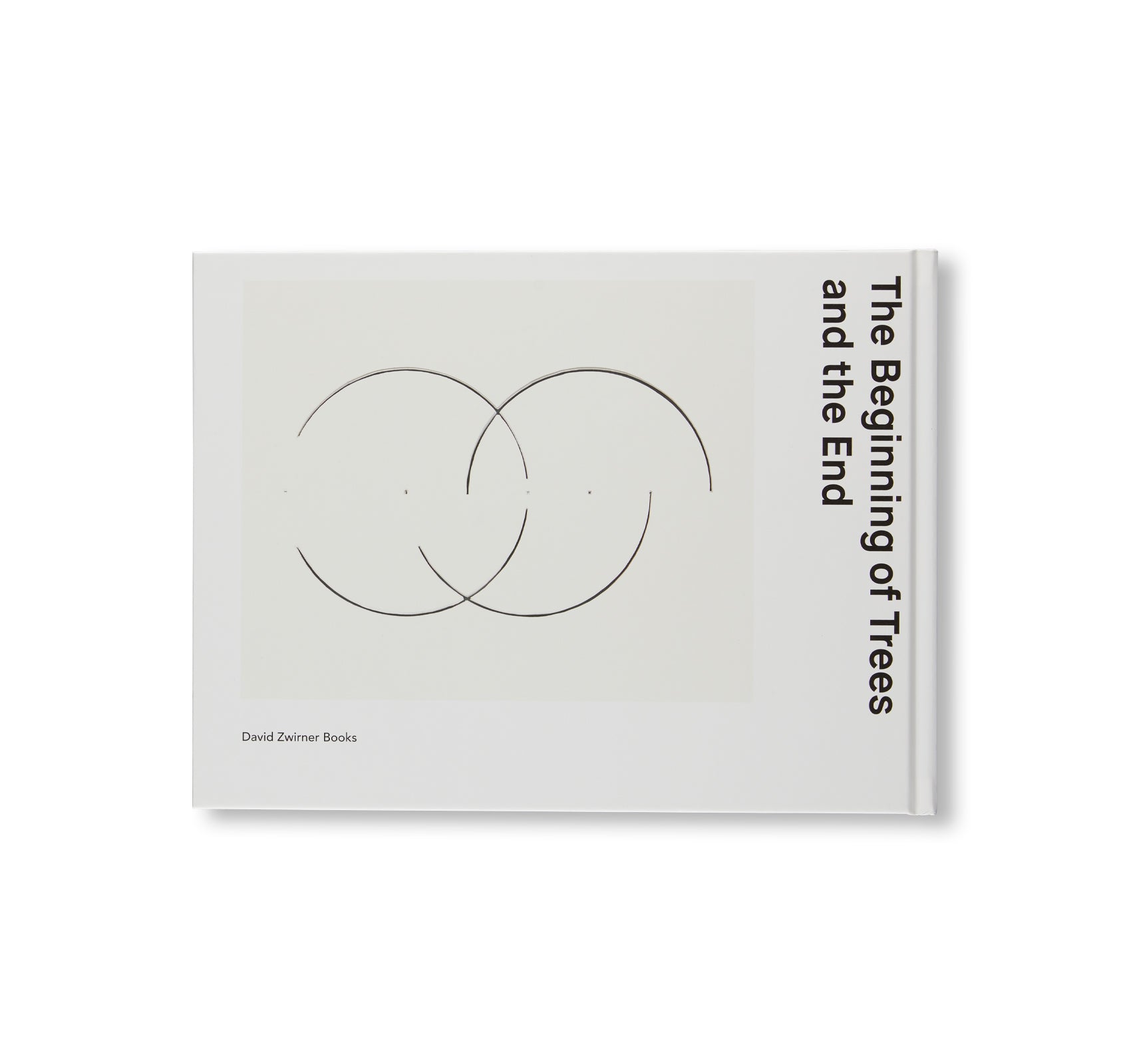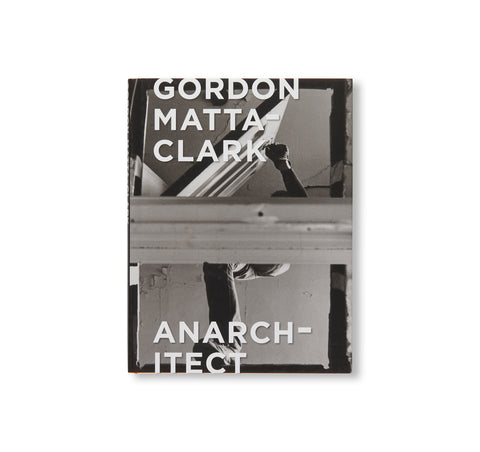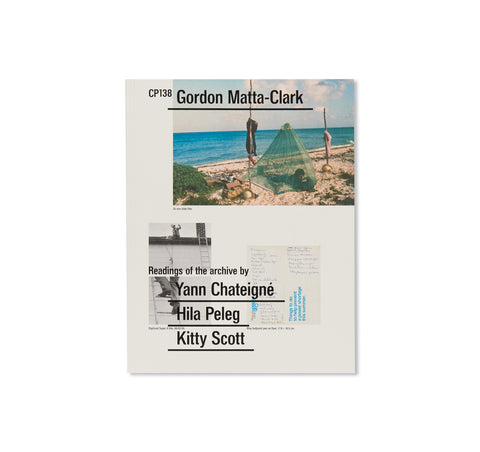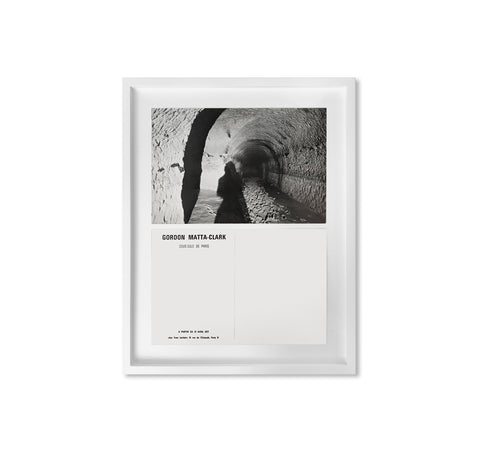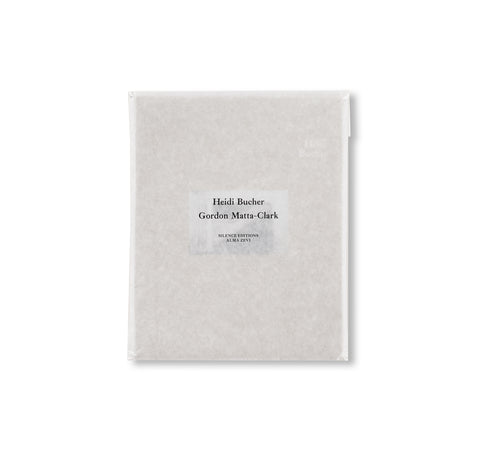THE BEGINNING OF TREES AND THE END: DRAWINGS AND NOTEBOOKS by Gordon Matta-Clark
アメリカ人アーティスト、ゴードン・マッタ・クラーク(Gordon Matta-Clark)の作品集。1970年代を通じ、anarchy(無秩序)とarchitecture(建築)を組み合わせた過激とも言える「anarchitectural」的な介入を行ったことで知られているが、あまり公にしなかったものの、ドローイングにも深く専念していた。壁面に設置される立体的なリリーフ、カリグラフィー、ノートブックへの書き込みなど、紙を使って制作された作品は、1970年代の美術界を特徴づけた学際的な精神を捉える。作品は詳細でありながら明確であり、視覚芸術とパフォーマンスアートの掛け合わせへの関心と、作品群においての自然環境と人工的に作られた環境の幅広い結合を裏付ける。
製図者としての並外れた成果を記録する本書は、2015年にニューヨークの「デイヴィッド・ツヴィルナー(David Zwirner)」で開催された個展「Energy & Abstraction」を元に制作された。本展覧会は、作者の寡婦であり、作品を最もよく知るジェーン・クロフォード(Jane Crawford)とニューヨークを拠点に活動するキュレーターであり、「Estate of Gordon Matta-Clark」の共同ディレクターを勤めるジェサミン・フィオーレ(Jessamyn Fiore)の親密なコラボレーションによって開催された。
本書はとりわけ「Cut Drawings」「Energy Rooms」「Energy Trees」から作品を選定し、これまで出版されてこなかった作品の数々を紹介している。その中で最も著名であろう「Cut Drawings」は、建築における作者の物理的な介入の、より平面的で小規模バージョンである。何層にも重ねた紙、ジェッソや段ボールを慎重に裁断して作られた平らな彫刻作品は、何かを抜き出すことによって生まれる空所を際立たせる。自身の「カリグラフィー」を使ったドローイングは、媒体としてのドローイングの独自性を強調する。抽象的な文字が生み出す暗号は解読できないが、新たな言語や経験の構造を生み出すヴィジョンを指し示している。最も手の込んだカラフルな作品の一部には木が描かれており、ニューヨーク北部の「ヴァッサー大学(Vassar College)」で作者が1971年に披露したパフォーマンス「Tree Dance」を参照する。読者は、フルカラーの作品を通して、木の物理的な構造が運動エネルギーと共に「溶けて」いく様子や、矢に覆われていく様子を見ることができる。木の抽象的な形状にもカリグラフィーを取り込んでおり、空想の文字で構成される枝は、新たな視覚体験における言語の重要性を再び主張する。一度で完成させることにこだわって制作された作者のノートブックは、洗練されたキュレーションによって分類されている。振り付けへの関心と共にシュルレアリズムの自動記述の要素を組み合わせるこれらの作品は、アメリカ人アーティストのローリー・アンダーソン(Laurie Anderson)やアメリカ人ダンサーのトリシャ・ブラウン(Trisha Brown)などを含め、当時のパフォーマンスアーティストを魅了した。
作者のドローイングを比類なく提示する本書は、イギリス人美術史家のブリオニー・フェール(Briony Fer)による心躍る新しい研究成果に加え、ジェサミン・フィオーレ(Jessamyn Fiore)とアメリカ人アーティストのサラ・ジー(Sarah Sze)の対談を収録しており、強い影響力を持つ作者の作品への偉大な貢献となっている。
Well known for his radical “anarchitectural” interventions throughout the 1970s, Gordon Matta-Clark was always deeply, though less publicly, committed to drawing. His works on paper—which span three-dimensional reliefs, calligraphy, and notebook entries—capture the interdisciplinary spirit that defined the art world in the 1970s. Intricate and concise, they testify to his interest in the crossovers between visual and performance arts, as well as the broader integration within his oeuvre of the natural and built environment.
Documenting the artist’s extraordinary accomplishments as a draftsman, this publication originates from the 2015 solo presentation at David Zwirner, New York, entitled Energy & Abstraction, organized in close collaboration with Jane Crawford and Jessamyn Fiore from the Estate of Gordon Matta-Clark. This catalogue presents in vibrant detail selections from Matta-Clark’s Cut Drawings, Energy Rooms, Energy Trees, and his own “calligraphy,” many of which have never been published. Perhaps the best known of the group, the Cut Drawings explore parallel, smaller-format versions of his physical interventions in architecture; slicing meticulously through several layers of paper, gesso, or cardboard, Matta-Clark created sculptural flat works that emphasized the voids created by the extraction of matter. Drawings with his own “calligraphy” emphasize the medium of drawing as an independent form. Abstract letters make up a code that remains indecipherable, but points toward a visionary longing to invent new languages and structures of experience. Some of the most elaborate and colorful compositions include trees, several of which refer explicitly to Matta-Clark’s Tree Dance performance at Vassar College in upstate New York in 1971. In full-color plates, the reader can see the physical structure of his trees “dissolving” into kinetic energy and, in some drawings, becoming reduced to a multitude of arrows. Near-abstract tree shapes also incorporate his calligraphic marks, with branches constructed from imaginary letters, again emphasizing the importance of language to a new visual experience. Matta-Clark’s notebooks, which he often insisted on completing in a single sitting, are presented in elegantly curated groups. Combining elements of Surrealist automatic drawing with an interest in choreography, these works appealed to performance artists at the time—including Laurie Anderson and Trisha Brown. This unparalleled presentation of Matta-Clark’s drawings is accompanied by new and exciting scholarship by Briony Fer, as well as a conversation between Jessamyn Fiore and contemporary artist Sarah Sze; it marks a major contribution to the literature on this highly influential artist.
